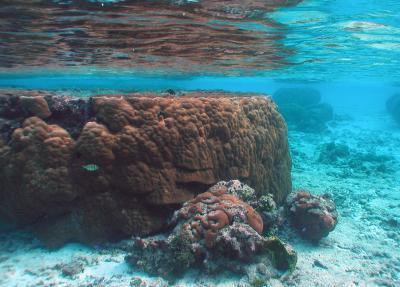Twice in recent history, the periodic El Niño event has caused sea level drops abruptly in the tropical western Pacific. The tides remain below normal for up to a year in the South Pacific, especially around Samoa, and Samoans call the resulting wet stench of coral die-offs arising from the low sea levels "taimasa" (pronounced [kai' ma'sa]).
A team of scientists at the International Pacific Research Center, University of Hawai'i at Mānoa and at the University of New South Wales, Australia is studying the climate effects of this particular variation of El Niño.
In 1982/83 and 1997/98, El Niño Taimasa
occurred. Taimasa differs from other strong El Niño events, such as those in 1986/87 and 2009/10, according to Matthew Widlansky, postdoctoral fellow at the International Pacific Research Center, who spearheaded the study.
"We noticed from tide gauge measurements that toward the end of these very strong El Niño events, when sea levels around Guam quickly returned to normal, that tide gauges near Samoa actually continued to drop," recalls Widlansky.

This shows flat-top Porites coral on a shallow reef near American Samoa. Coral heads are fully submerged under normal conditions. During El Niño Taimasa, tops of large flat coral on the reef are exposed to air at low tide. Image courtesy of the National Park of American Samoa.
During such strong El Niño, moreover, the summer rain band over Samoa, called the South Pacific Convergence Zone, collapses toward the equator. These shifts in rainfall cause droughts south of Samoa and sometimes trigger more tropical cyclones to the east near Tahiti.
Using statistical procedures to tease apart the causes of the sea-level seesaw between the North and South Pacific, the scientists found that it is associated with the well-known southward shift of weak trade winds during the termination of El Niño, which in turn is associated with the development of the summer rain band.
Looking into the future with the help of computer climate models, the scientists are now studying how El Niño Taimasa will change with further warming of the planet. Their analyses show, moreover, that sea-level drops could be predictable seasons ahead, which may help island communities prepare for the next El Niño Taimasa.


